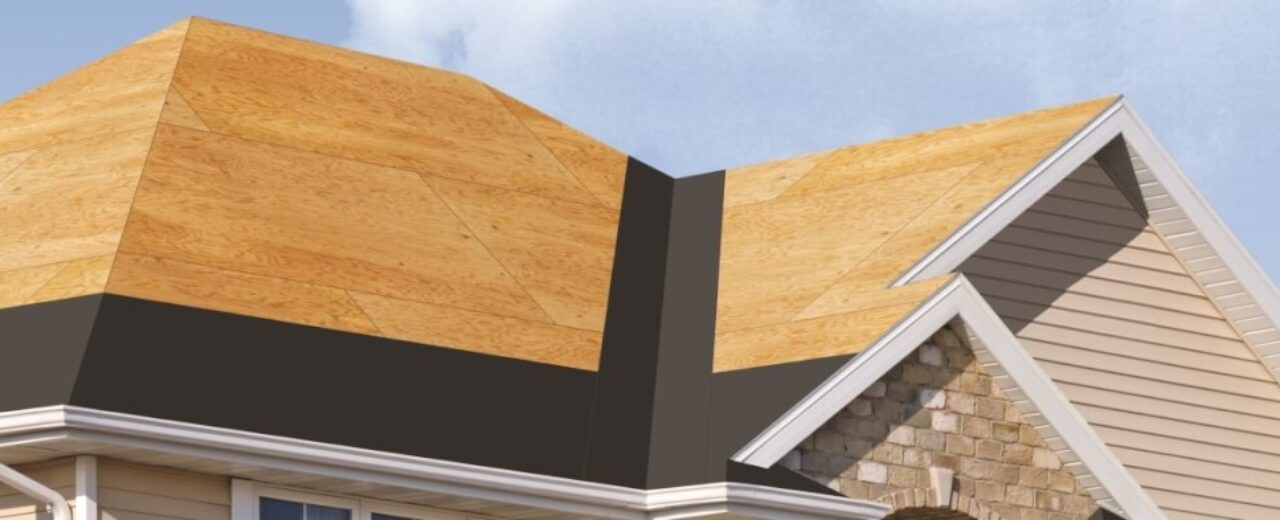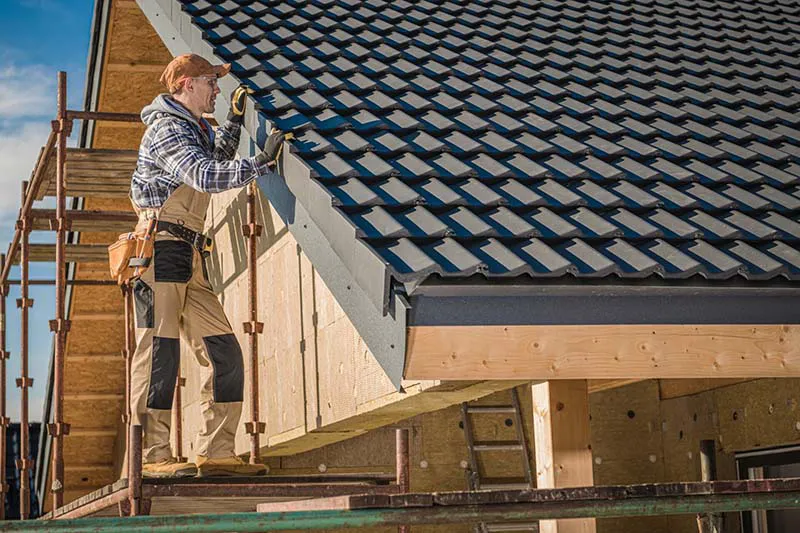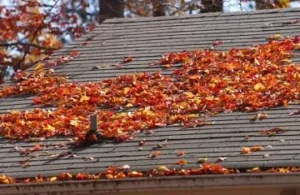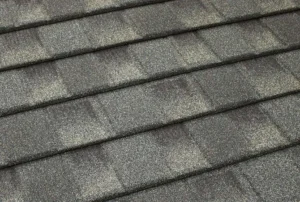The Importance of Ice and Water Shield in Roofing
When it comes to protecting your home from water damage, one of the most critical lines of defense is something you don’t even see: the ice and water shield. This self-adhering, waterproof membrane is installed beneath your shingles, typically in vulnerable areas such as roof eaves, valleys, and around penetrations, including chimneys and skylights. While often overlooked by homeowners, ice and water shield plays a crucial role in preventing leaks and preserving the integrity of your roof.
What Is Ice and Water Shield?
Ice and water shield is a rubberized underlayment designed to bond directly to the roof decking. Unlike traditional felt paper or synthetic underlayments, it forms a watertight seal around nails and fasteners, helping to block water intrusion even if shingles are damaged or compromised.
Why It Matters
1. Prevents Ice Dam Damage
In colder climates, ice dams are a common and serious roofing problem. As snow melts and refreezes at the edge of the roof, water can back up under the shingles and seep into your home. Ice and water shield is installed at the eaves specifically to prevent this type of damage. It provides a waterproof barrier that keeps melted snow from entering the roof structure, even when shingles are lifted by ice buildup.
2. Protects Roof Valleys
Valleys are natural collection points for rainwater and melting snow. These areas see more concentrated water flow than flat roof sections, making them more prone to leaks. Installing ice and water shield in valleys ensures that even if shingles fail or shift, water won’t penetrate the decking underneath.
3. Guards Against Wind-Driven Rain
In regions that experience heavy rain or high winds, water can be pushed under shingles or other roofing materials. Ice and water shield creates a sealed barrier that helps prevent water from entering through vulnerable spots, especially around roof penetrations such as vents, pipes, and skylights.
4. Adds an Extra Layer of Protection
Think of ice and water shield as your roof’s insurance policy. Even with high-quality shingles and sound installation, roofs can be damaged by weather, falling branches, or improper maintenance. Ice and water shield provides a second layer of defense, minimizing the risk of interior leaks and structural damage.
Where Should It Be Installed?
Building codes in many regions require the use of ice and water shield at the eaves, especially in cold climates. However, best practices suggest using it in several key locations:
- Along eaves
- In valleys
- Around chimneys, skylights, and vents
- Along low-slope roof sections
Final Thoughts
Whether you’re replacing an old roof or building a new one, investing in ice and water shield is a wise decision. It protects your home from some of the most common causes of roof leaks, extends the life of your roofing system, and offers peace of mind when the weather turns bad. Talk to your roofing contractor about including this essential layer in your next roofing project—you’ll be glad you did.







